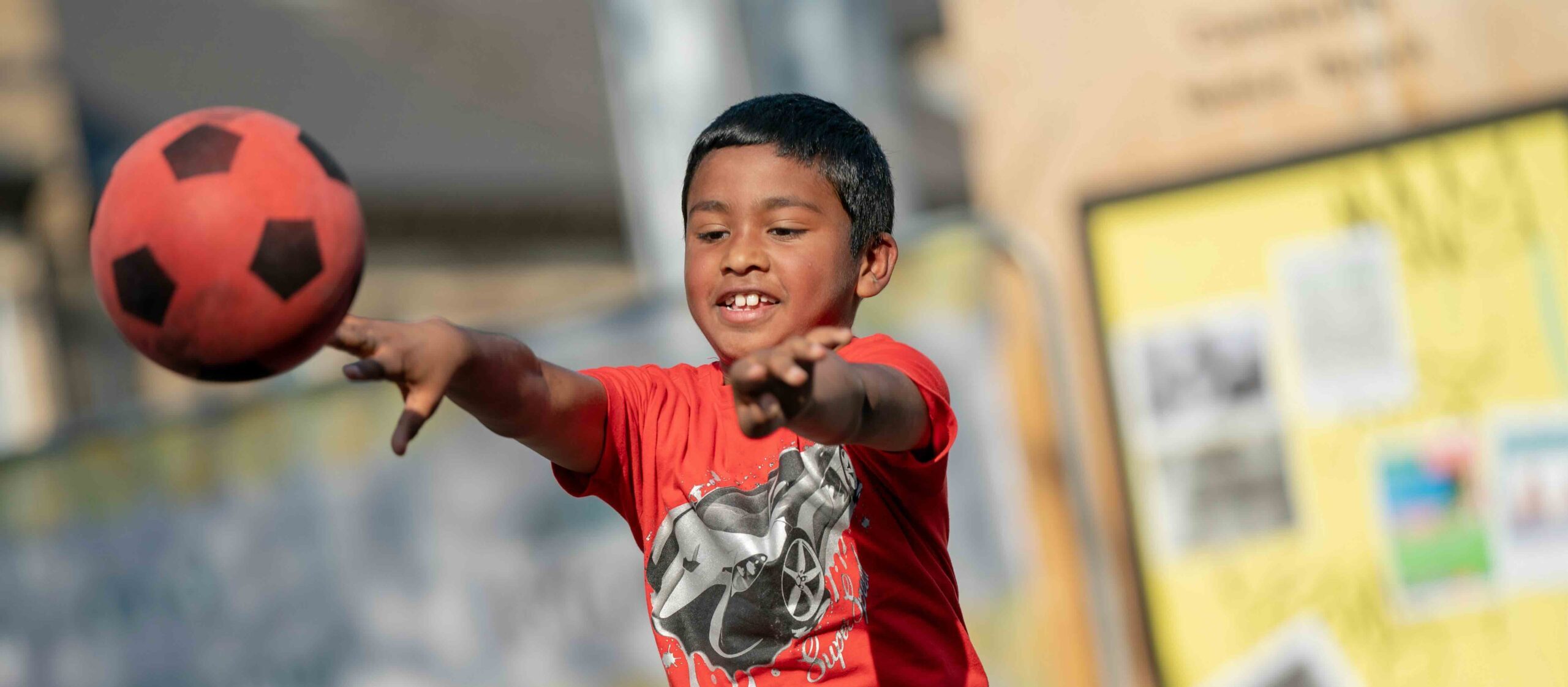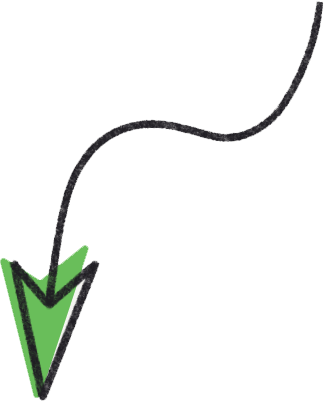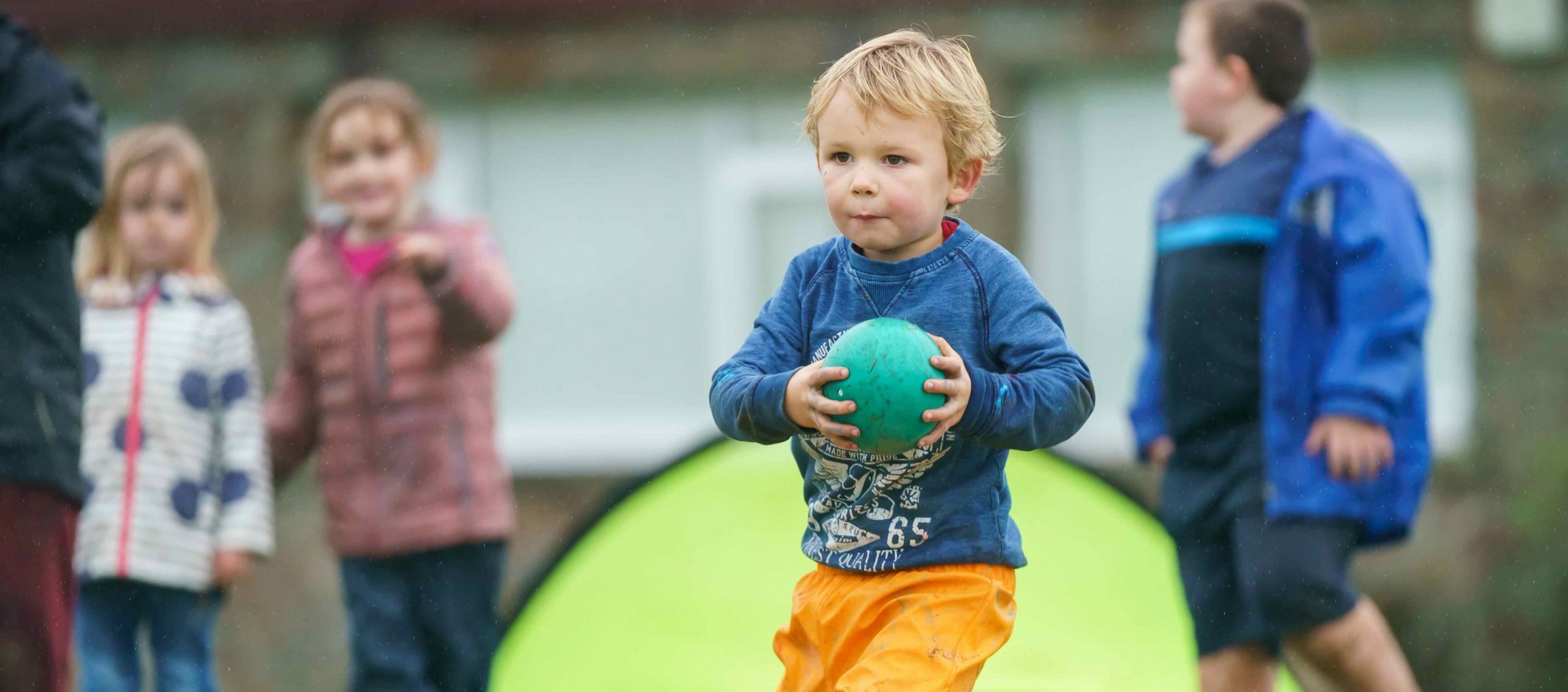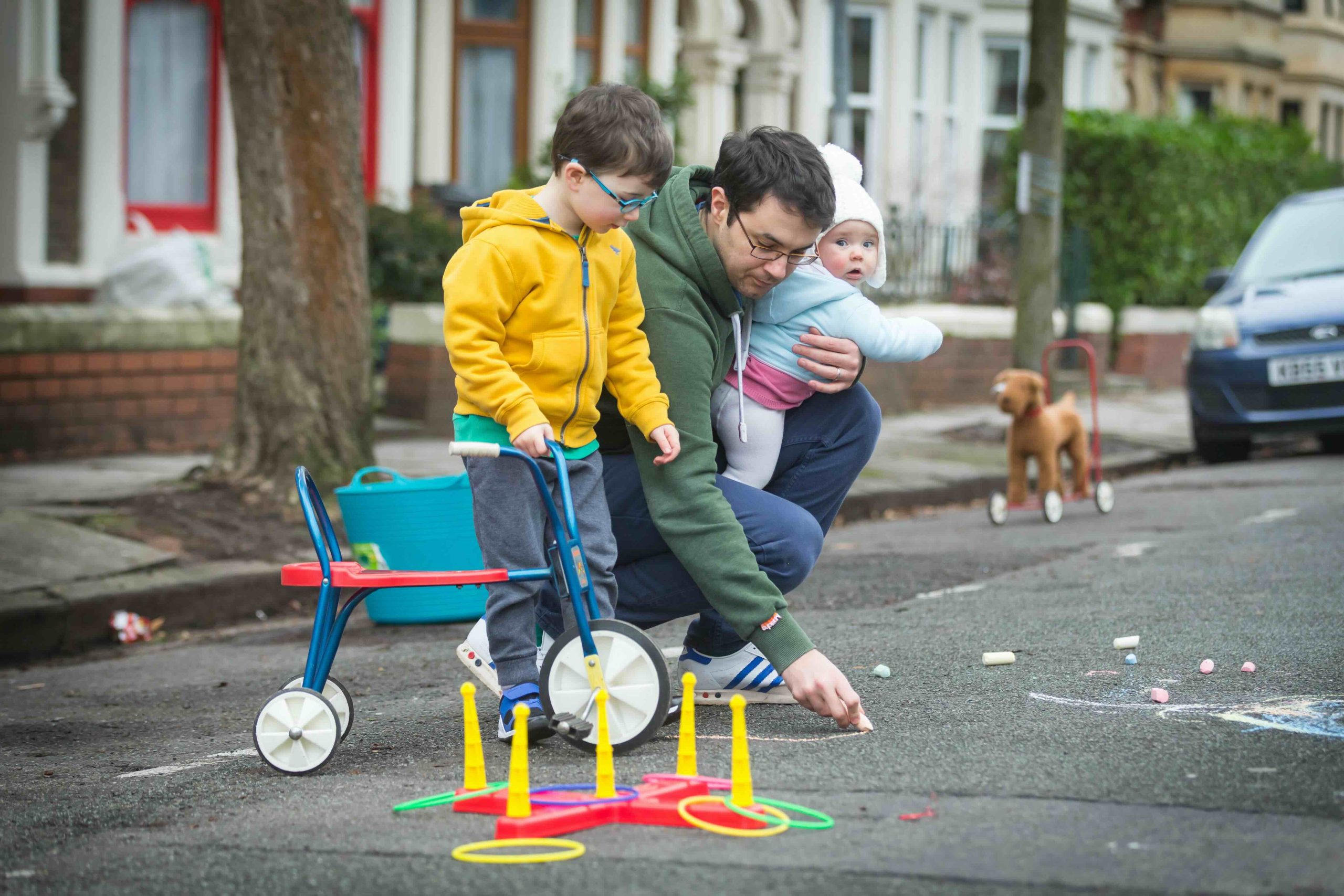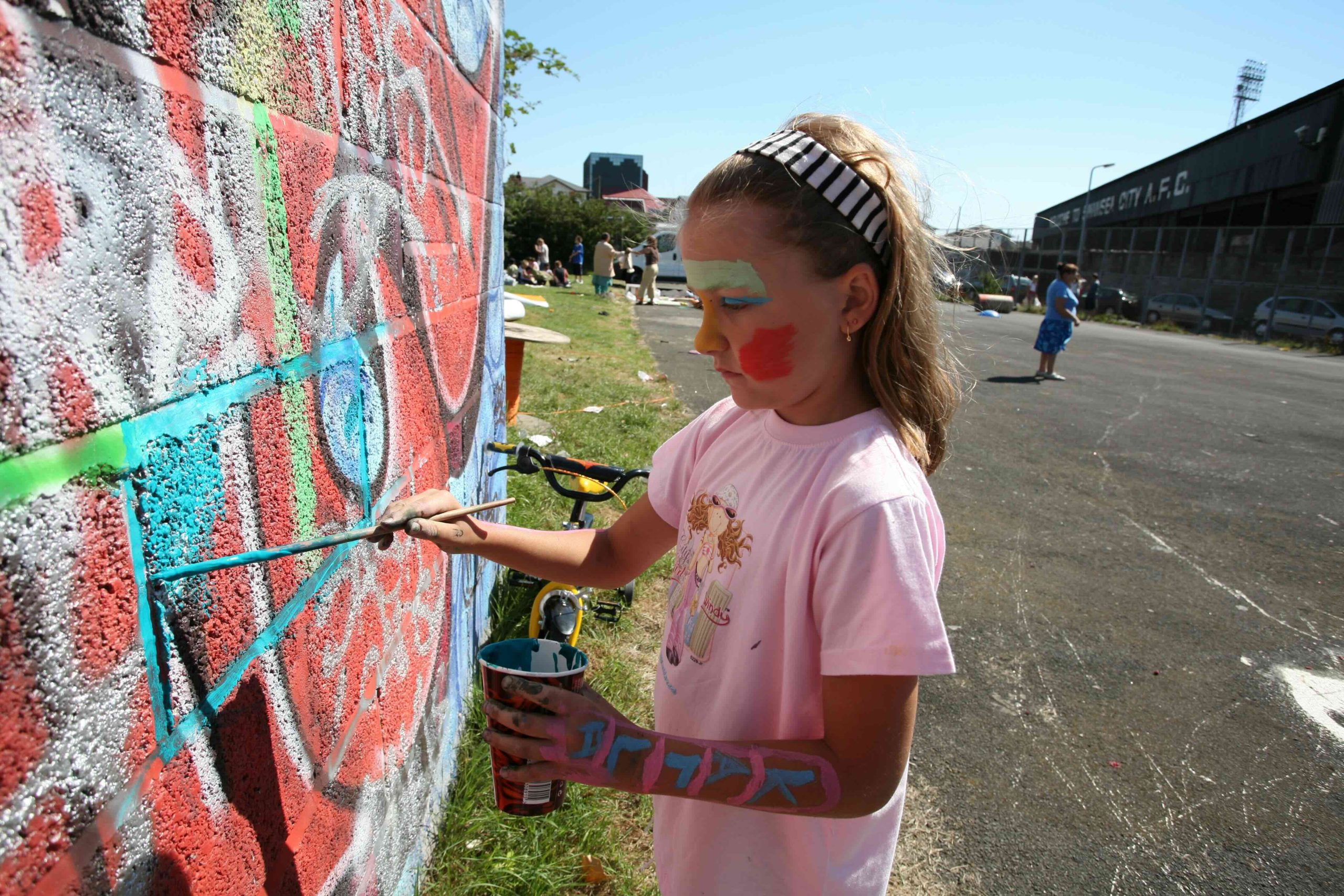Play in the Community
Planning your play area – things to think about
Play areas – or play spaces - come in many shapes and sizes. They can be as simple as a favourite spot under a tree on your street, a local playground that’s been around for years, or a brand new play area with lots of features.
If you have decided that you want to develop a new play area, we can help. Here we offer some things to think about.
The location of your play space
You’ll need to consider the advantages and disadvantages of the location you have in mind. Is it easy to get to, and is it safe and suitable for playing? Does it already have features that are good for playing, for example mature trees, hills and slopes? What’s it like at different times of year and in different weather? Who does it belong to? Are there already any other plans for it? Are there any restrictions to developing it?
The ‘play value’
We use the phrase ‘play value’ to describe the range and quality of play opportunities that children get from a play area. A play space with lots of play value has a variety of opportunities for play – physical, social and sensory. You can increase the potential play value of an area by thinking about things like nature, the senses, the elements, equipment and play materials.
Nature
People who design play areas are often inspired by natural areas such as beaches, woods and wild places. These offer possibilities for freedom, choice, fun, adventure, surprise and discovery, which are all important for play.
You can also include natural features in a play area – for example, grassy mounds, plants, pebbles, water courses, trees and natural puddles.
The Senses
Nature gives lots of varied and changing opportunities to use our senses. Some examples include:
- the smell of flowers
- the texture of leaves
- the sound of birds and insects
- the taste of herbs
- The visual interest of colours.
Playing with loose stuff like sand and bark, and walking or running across different surfaces like smooth or crunchy paths uses our senses. Artwork, sculptures, playthings such as streamers, and play equipment like water play features appeal to our senses, too.
The elements – earth, water, fire and air
Natural areas also give children opportunities to interact with the elements, connecting with weather, the seasons and the earth. A designer can be asked to include contact with the elements in their design. Some examples include:
- muddy areas to dig in
- streams and water courses
- naturally occurring puddles
- campfire areas
- high structures.
Equipment
When we picture play areas, we often think of play equipment like slides and swings. Equipment is only one part of a successful play area, though. It’s important to integrate play equipment with other features in the play area.
Play materials
To make the most of a play area, children need to be able to adapt and shape it so that it suits the way they want to play. They need to be able to change it over time and find new opportunities for play. Play materials are things that can be moved around, adapted, built, demolished and mixed up by children. Trees, plants and surfaces covered in loose stuff such as sand or bark provide a supply of loose parts that will change with the seasons.
Access and inclusion
Play areas that work well for disabled children are also better for most children and the wider community to play in. Accessible and inclusive areas make sure that everyone can enter and exit the play area, move around it, and get to the play features or opportunities. Accessible and inclusive areas also make sure children have choices and can play in their own way.
Facilities
Play areas may include additional features such as seating, picnic tables, accessible parking and toilets. Be aware that suitable toilets and changing facilities are especially important to families with disabled children. Some people need extra equipment and space to allow them to use toilets safely and comfortably.
Balancing risks and benefits
When you are planning your play area, consider how you can balance risks and benefits. Most children and teenagers enjoy adventurous, exciting play with a certain amount of risk.
We know that children need to experience some risk – it helps them test their limits and learn how to manage risks. We also know that introducing some risk into a play area can stop children from feeling the need to look for risks in other, less appropriate places. However, it’s important that a play area doesn’t put children at unacceptable risk of serious harm.
Playworkers
Playworkers can help children get a lot out of a play space. Skilled adults who understand play can help with play, introducing play materials and making sure people are included. It’s a good idea to include playworkers in your project and fundraising plans.
Find out more about things to do when planning your play area





